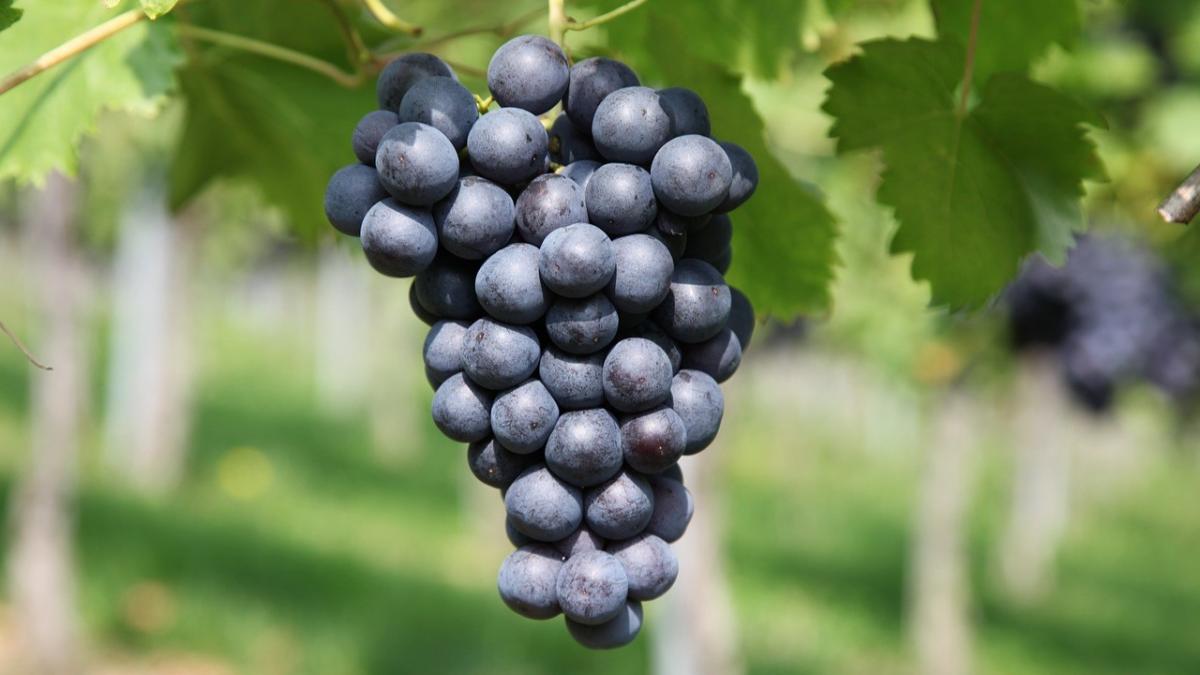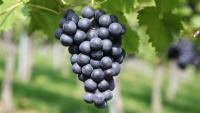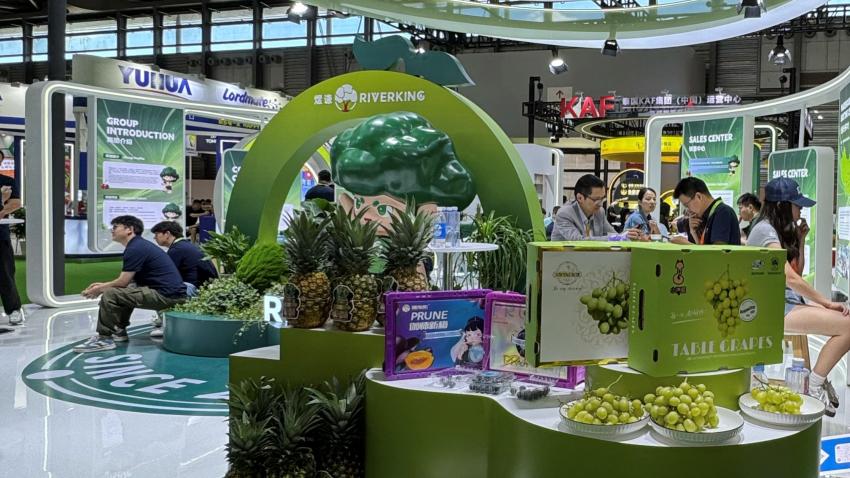You are here
Back to topBrazilian Table Grapes Granted China Market Access

On Dec. 2, the General Administration of Customs of China announced via its website that Brazilian table grapes meeting the stipulated phytosanitary requirements would be permissible for import into China.
According to the Fresh Apples, Grapes, and Pears: World Markets and Trade report released by the U.S. Department of Agriculture’s Foreign Agricultural Service in June 2024, Brazil is the world’s fourth-largest producer of table grapes. The production volumes for the 2020/21, 2021/22 and 2022/23 seasons were each approximately 1.75 million metric tons, with a similar output expected for the 2023/24 season.
However, Brazil’s domestic consumption of table grapes is relatively high, leaving only limited quantities available for export. In terms of varieties, in addition to traditional cultivars such as Red Globe, Thompson and Crimson Red, Brazil produces several unique varieties, such as the black seedless BRS Vitória with its marked raspberry flavor and the balanced sweet/sour BRS Nubia and BRS Isis. Brazil’s grape export season spans from January to July of each year, with 70% of these exports originating from the country’s northeastern state of Pernambuco, the majority of which come from the São Francisco Valley.
According to the GACC announcement, table grapes from the states of Pernambuco and Bahia are permitted for import. Brazil’s Ministry of Agriculture and Livestock is responsible for registering the vineyards, packing facilities and cold treatment facilities that wish to export table grapes to China. These vineyards and facilities must then be approved by the GACC, which will publish the approved lists on its website.
China has identified a total of nine quarantine pests of concern with respect to table grapes from Brazil, namely, the Mediterranean fruit fly (Ceratitis capitata), South American fruit fly (Anastrepha fraterculus), South American fruit tree weevil (Naupactus xanthographus), passionvine mealybug (Planococcus minor), vine mealybug (Planococcus ficus), grapevine leaf louse (Viteus vitifoliae), black flower thrip (Frankliniella australis), and the pathogenic fungi Monilinia fructicola and Phyllosticta ampelicida.
Vineyards intending to export table grapes to China must establish quality management and traceability systems. They should also adhere to good agricultural practices and integrated pest management techniques. Packing and cold storage facilities must maintain good sanitary conditions and implement measures to prevent re-infestation by pests, such as installing insect-proof nets.
During the packing process, table grapes must undergo procedures including the removal of diseased or deformed fruits, sorting, grading and cleaning to ensure the absence of insects, mites, rotten fruits, branches, leaves, roots and soil. The packaging materials for the grapes must be clean, hygienic and unused and comply with China’s plant quarantine and hygiene requirements.
Brazilian table grapes destined for China must undergo cold treatment to eliminate fruit flies. Approved cold treatment regimens include a core temperature of 1.11 degrees Celsius or below for at least 15 days, 1.67 degrees Celsius or below for at least 17 days, or 2.22 degrees Celsius or below for at least 21 days.
Image: Pixabay
This article was translated from Chinese. Read the original article.













Add new comment